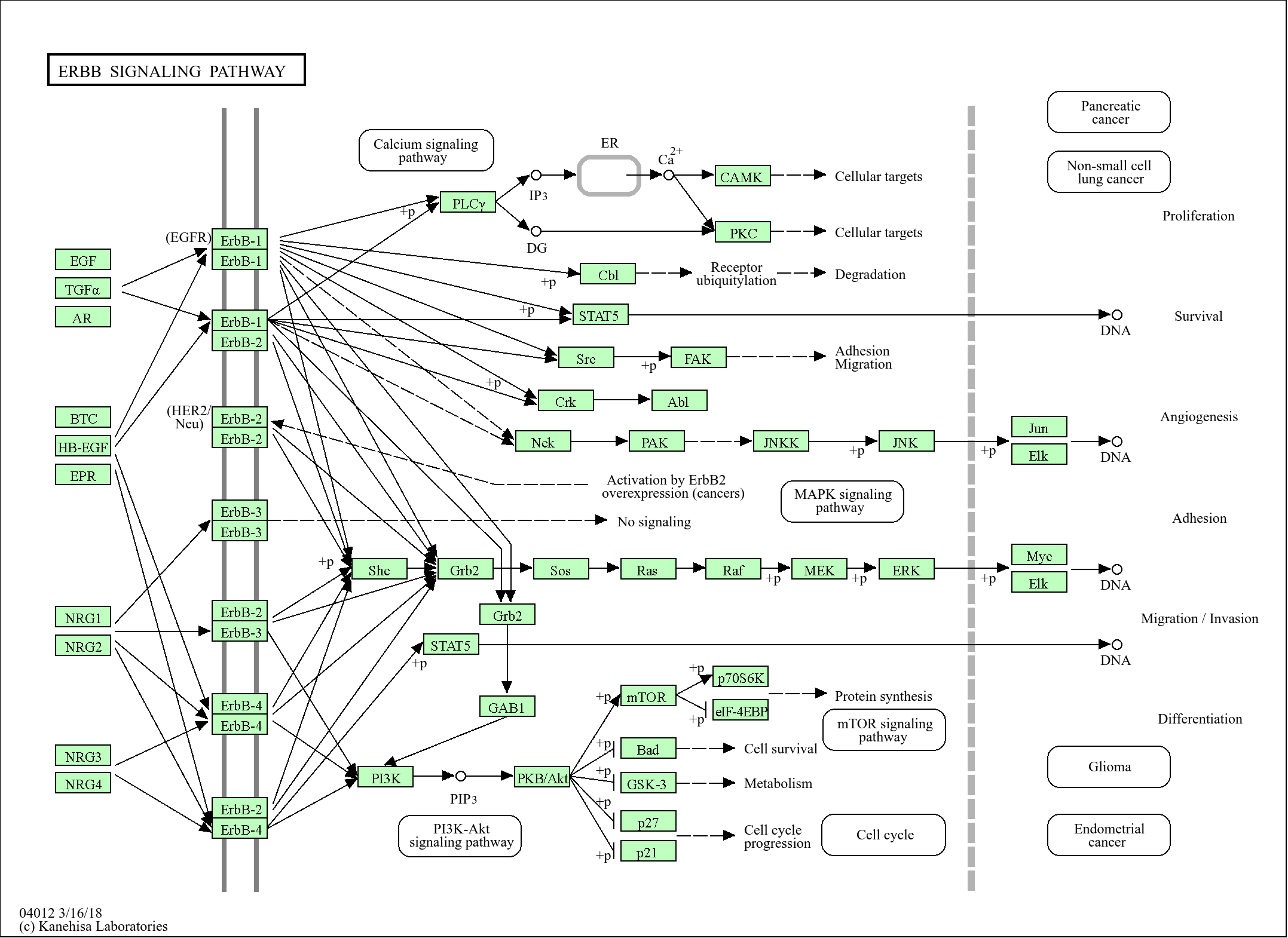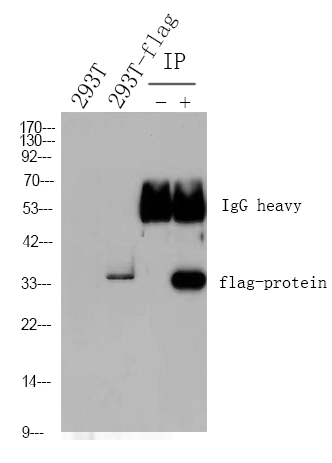
Catalog: YA0641
Size
Price
Status
Qty.
200μg
$600.00
3 weeks
0
100μg
$340.00
3 weeks
0
40μg
$190.00
3 weeks
0
Add to cart


Collected


Collect
Main Information
Target
CD69
Reactivity
Human
Applications
ELISA
Conjugate/Modification
Unmodified
Detailed Information
Recommended Dilution Ratio
ELISA 1:5000-100000; Flow Cyt 1-2μg/Test
Formulation
Phosphate-buffered solution
Source
Camel, chimeric fusion of Nanobody (VHH) and mouse IgG1 Fc domain , recombinantly produced from 293F cell
Specificity
This recombinant monoclonal antibody can detects endogenous levels of CD69 protein.
Purification
Recombinant Expression and Affinity purified
Storage
-15°C to -25°C/1 year(Avoid freeze / thaw cycles)
Concentration
Please check the information on the tube
Modification
Unmodified
Clone Number
PN0240
Related Products
Antigen&Target Information
Immunogen:
Purified recombinant Human CD69
show all
Specificity:
This recombinant monoclonal antibody can detects endogenous levels of CD69 protein.
show all
Gene Name:
CD69 CLEC2C
show all
Protein Name:
Early activation antigen CD69 (Activation inducer molecule) (AIM) (BL-AC/P26) (C-type lectin domain family 2 member C) (EA1) (Early T-cell activation antigen p60) (GP32/28) (Leukocyte surface antigen Leu-23) (MLR-3) (CD antigen CD69)
show all
Other Name:
CD69 ;
CLEC2C ;
Early activation antigen CD69 ;
Activation inducer molecule ;
AIM ;
BL-AC/P26 ;
C-type lectin domain family 2 member C ;
EA1 ;
Early T-cell activation antigen p60 ;
GP32/28 ;
Leukocyte surface antigen Leu-23 ;
MLR-3 ;
CD antigen CD69 ;
CD69 nanobody ;
CLEC2C ;
Early activation antigen CD69 ;
Activation inducer molecule ;
AIM ;
BL-AC/P26 ;
C-type lectin domain family 2 member C ;
EA1 ;
Early T-cell activation antigen p60 ;
GP32/28 ;
Leukocyte surface antigen Leu-23 ;
MLR-3 ;
CD antigen CD69 ;
CD69 nanobody ;
show all
Background:
This gene encodes a member of the calcium dependent lectin superfamily of type II transmembrane receptors. Expression of the encoded protein is induced upon activation of T lymphocytes, and may play a role in proliferation. Furthermore, the protein may act to transmit signals in natural killer cells and platelets. [provided by RefSeq, Aug 2011]
show all
Function:
developmental stage:Earliest inducible cell surface glycoprotein acquired during lymphoid activation.,Involved in lymphocyte proliferation and functions as a signal transmitting receptor in lymphocytes, natural killer (NK) cells, and platelets.,induction:By antigens, mitogens or activators of PKC on the surface of T and B-lymphocytes. By interaction of IL-2 with the p75 IL-2R on the surface of NK cells.,online information:CD69,PTM:Constitutive Ser/Thr phosphorylation in both mature thymocytes and activated T-lymphocytes.,similarity:Contains 1 C-type lectin domain.,subunit:Homodimer; disulfide-linked.,tissue specificity:Expressed on the surface of activated T-cells, B-cells, natural killer cells, neutrophils, eosinophils, epidermal Langerhans cells and platelets.,
show all
Cellular Localization:
Membrane; Single-pass type II membrane protein.
show all
Tissue Expression:
Strongly expressed in peripheral blood leukocytes and spleen, with weaker expression in lymph node and adult liver, and no expression detected in bone marrow, thymus, and fetal liver. Not expressed in brain, heart, placenta, lung, kidney, skeletal muscle, and pancreas. Within peripheral blood leukocyte and immunocyte cell lines, expression was predominant in NK cells but was also detected in monocytes.
show all
Reference Citation({{totalcount}})
Catalog: YA0641
Size
Price
Status
Qty.
200μg
$600.00
3 weeks
0
100μg
$340.00
3 weeks
0
40μg
$190.00
3 weeks
0
Add to cart


Collected


Collect
Recently Viewed Products
Clear allPRODUCTS
CUSTOMIZED
ABOUT US
Toggle night Mode
{{pinfoXq.title || ''}}
Catalog: {{pinfoXq.catalog || ''}}
Filter:
All
{{item.name}}
{{pinfo.title}}
-{{pinfo.catalog}}
Main Information
Target
{{pinfo.target}}
Reactivity
{{pinfo.react}}
Applications
{{pinfo.applicat}}
Conjugate/Modification
{{pinfo.coupling}}/{{pinfo.modific}}
MW (kDa)
{{pinfo.mwcalc}}
Host Species
{{pinfo.hostspec}}
Isotype
{{pinfo.isotype}}
Product {{index}}/{{pcount}}
Prev
Next
{{pvTitle}}
Scroll wheel zooms the picture
{{pvDescr}}
















